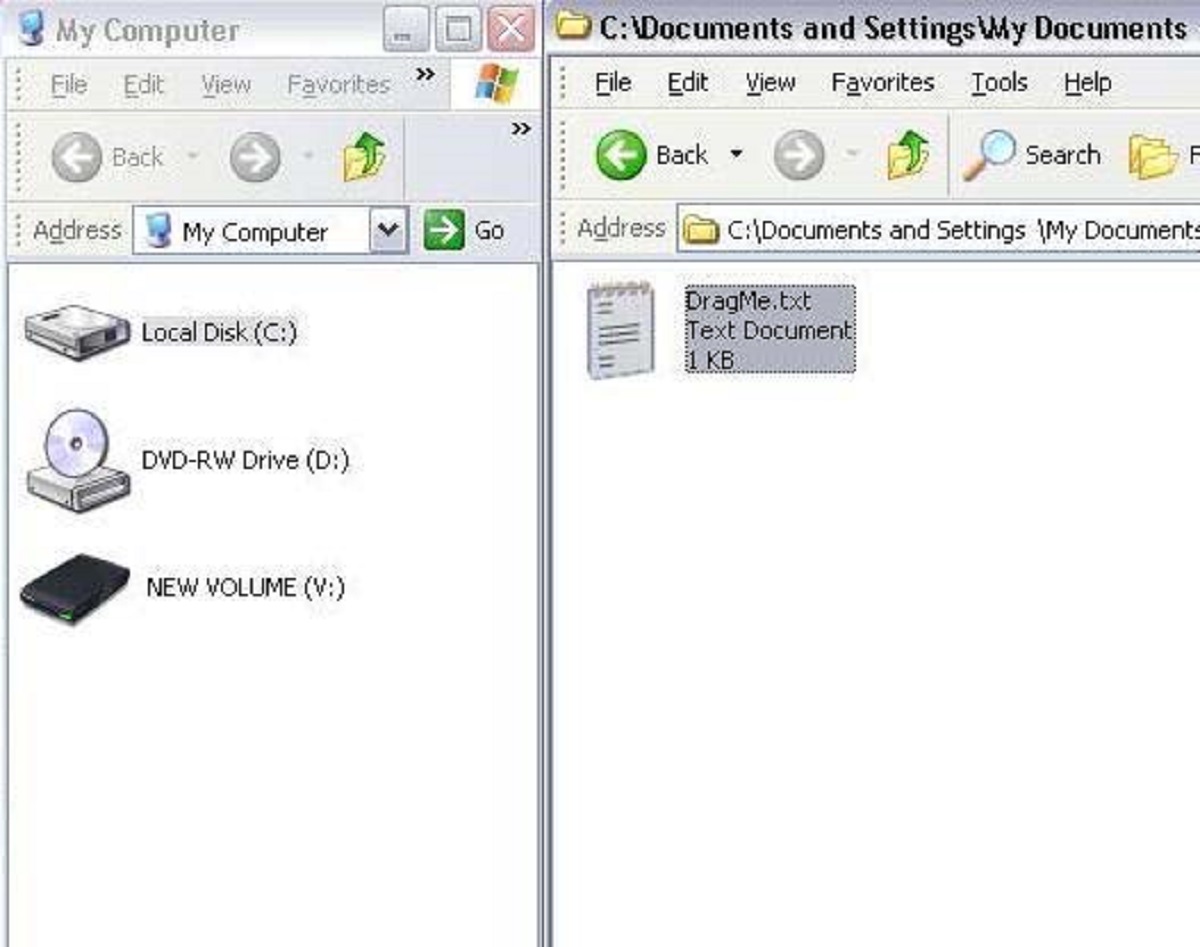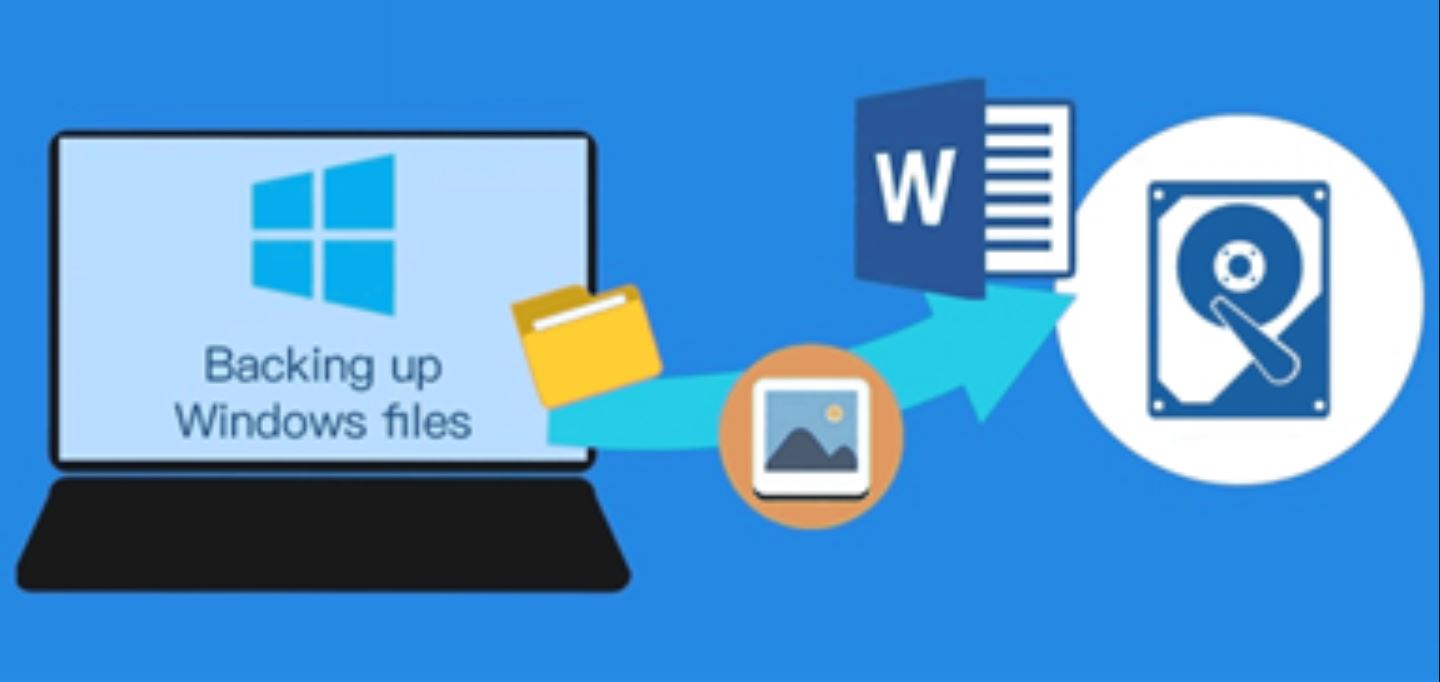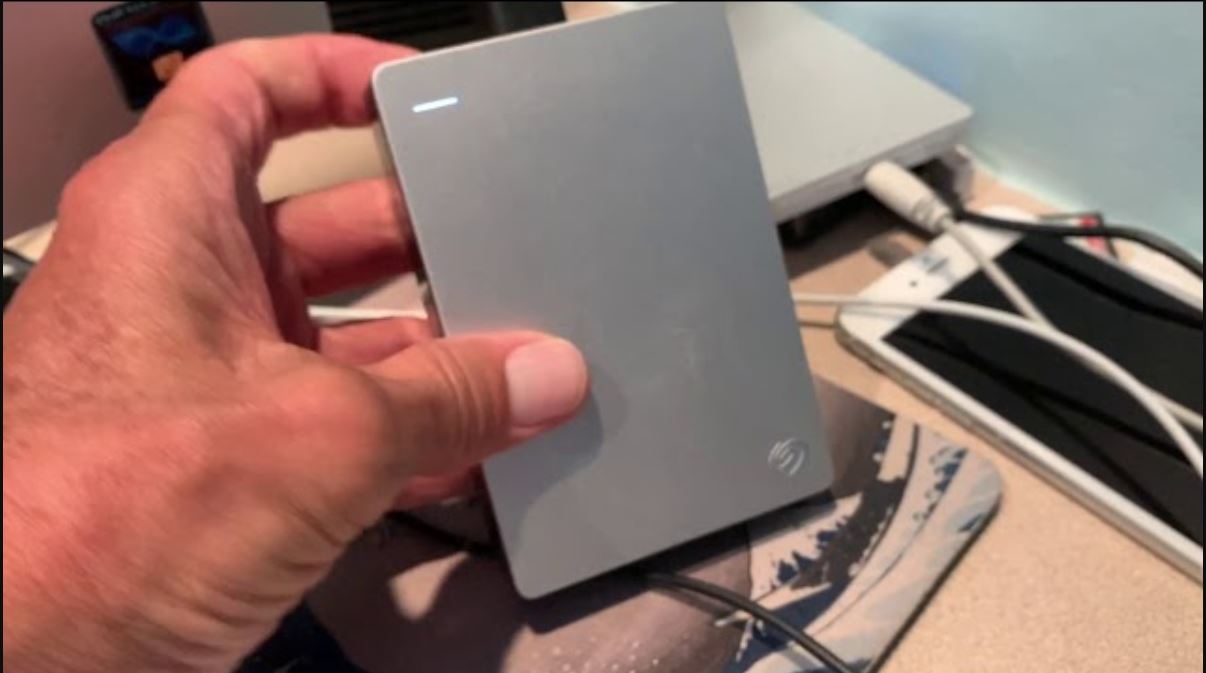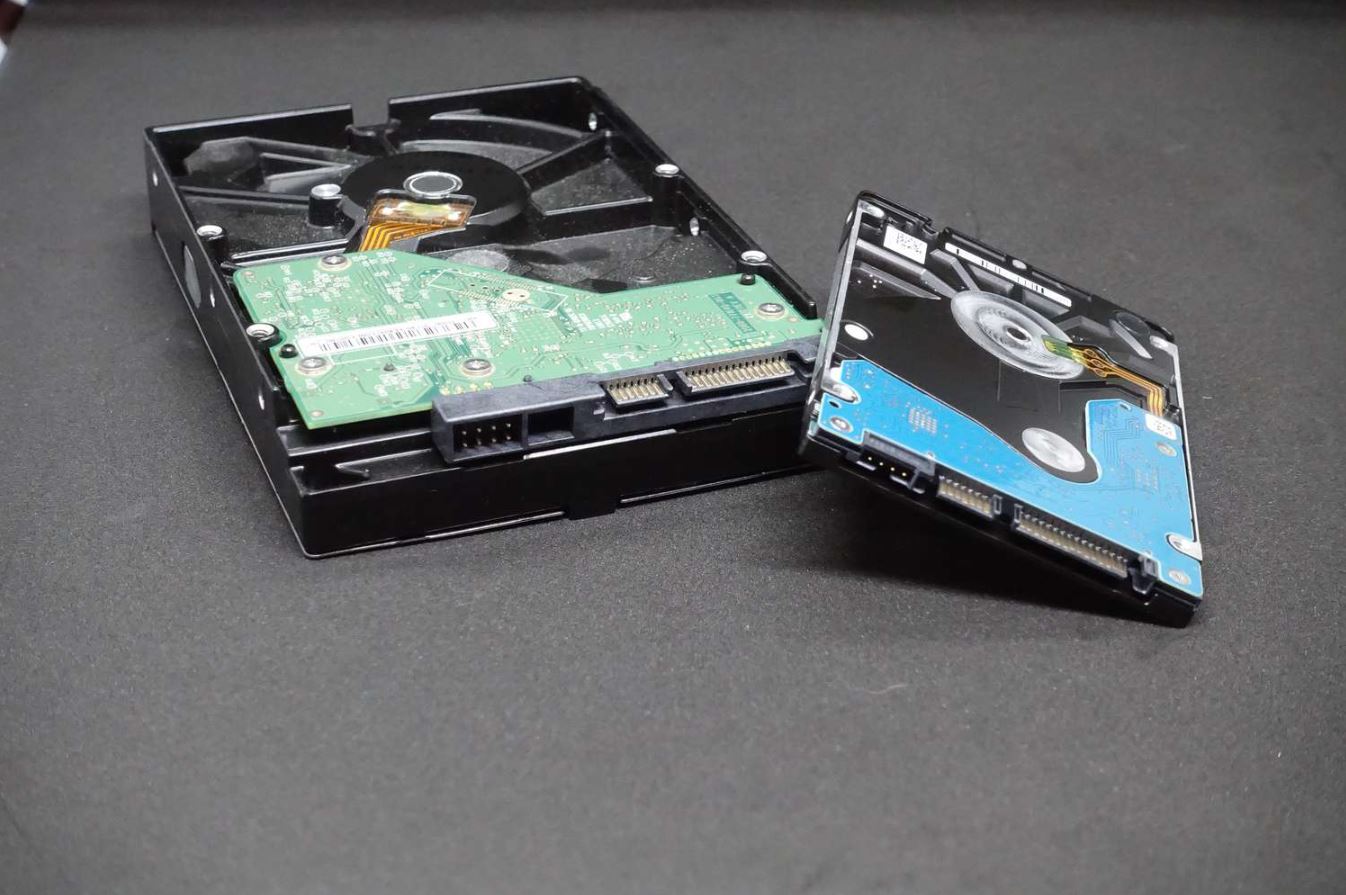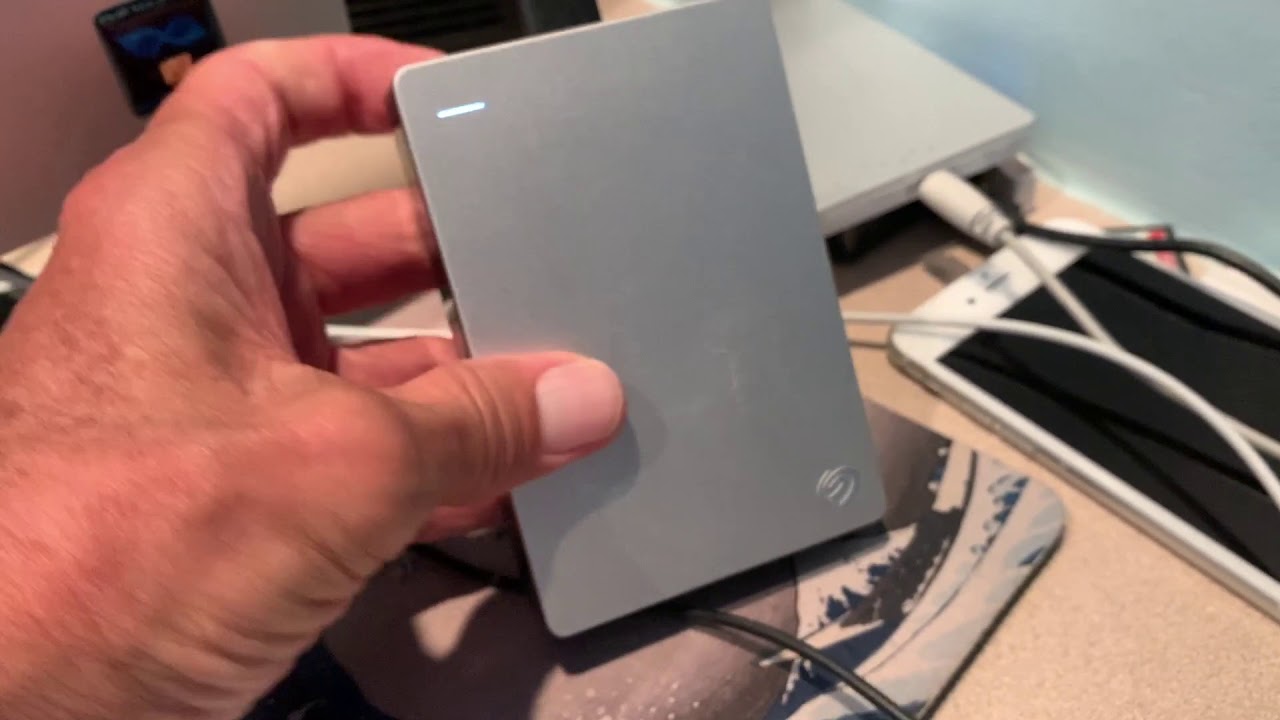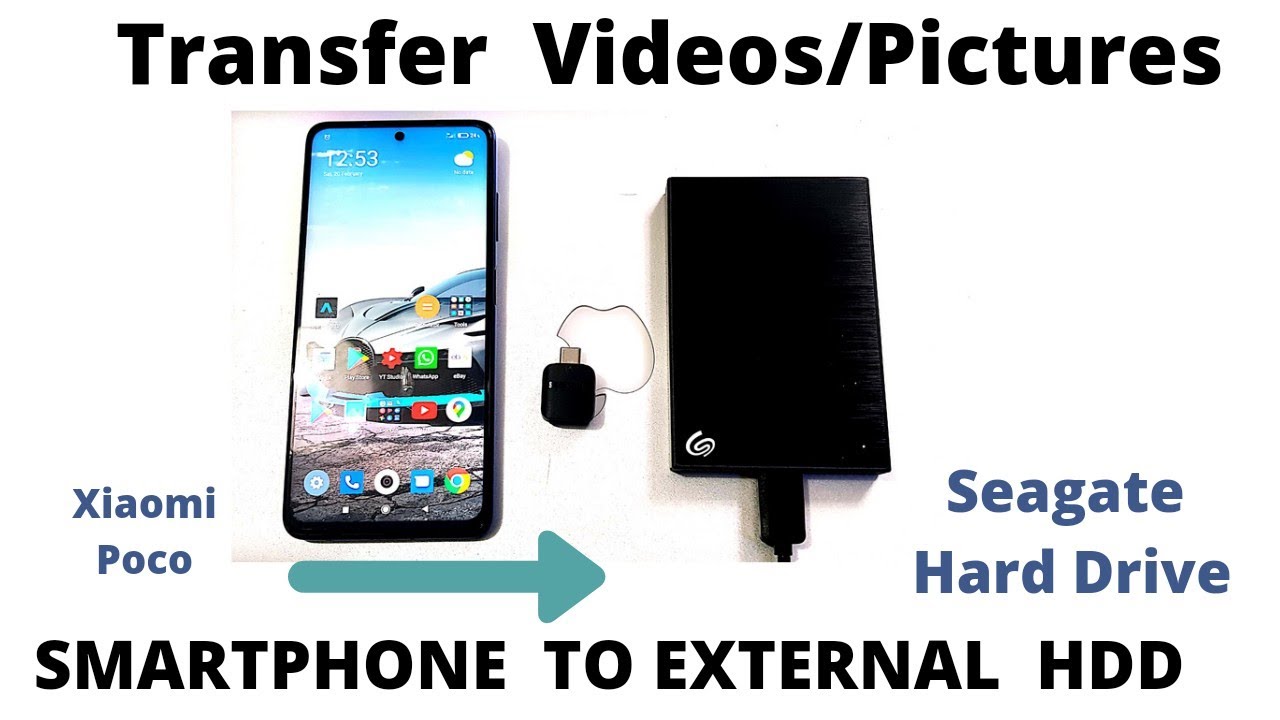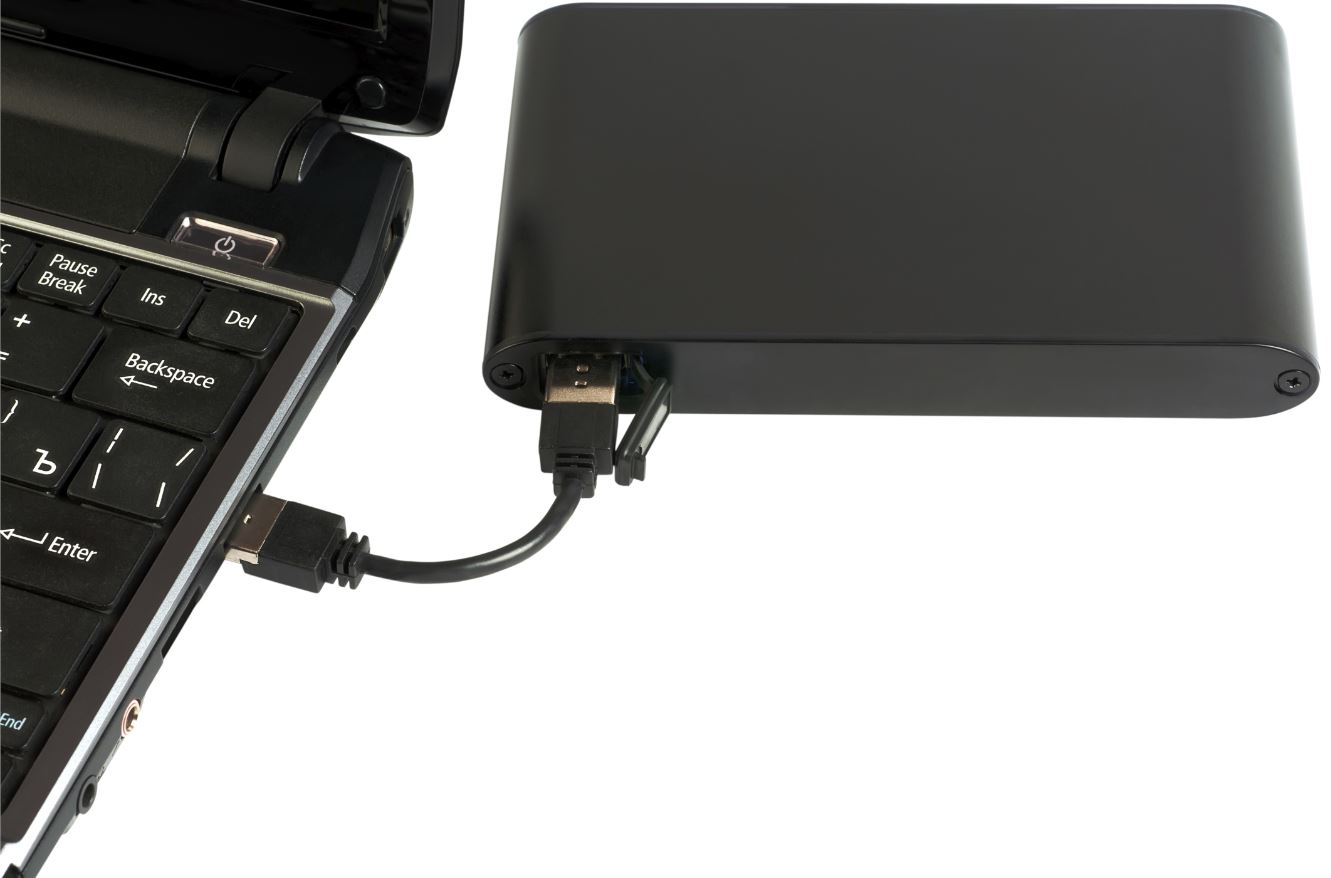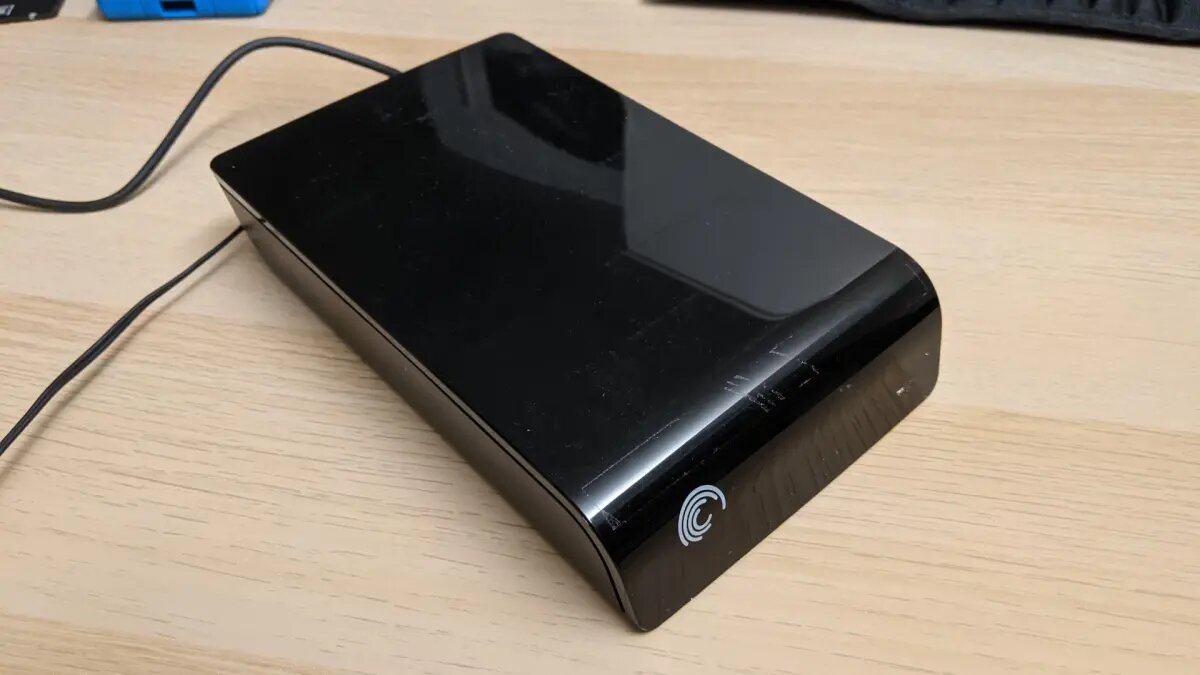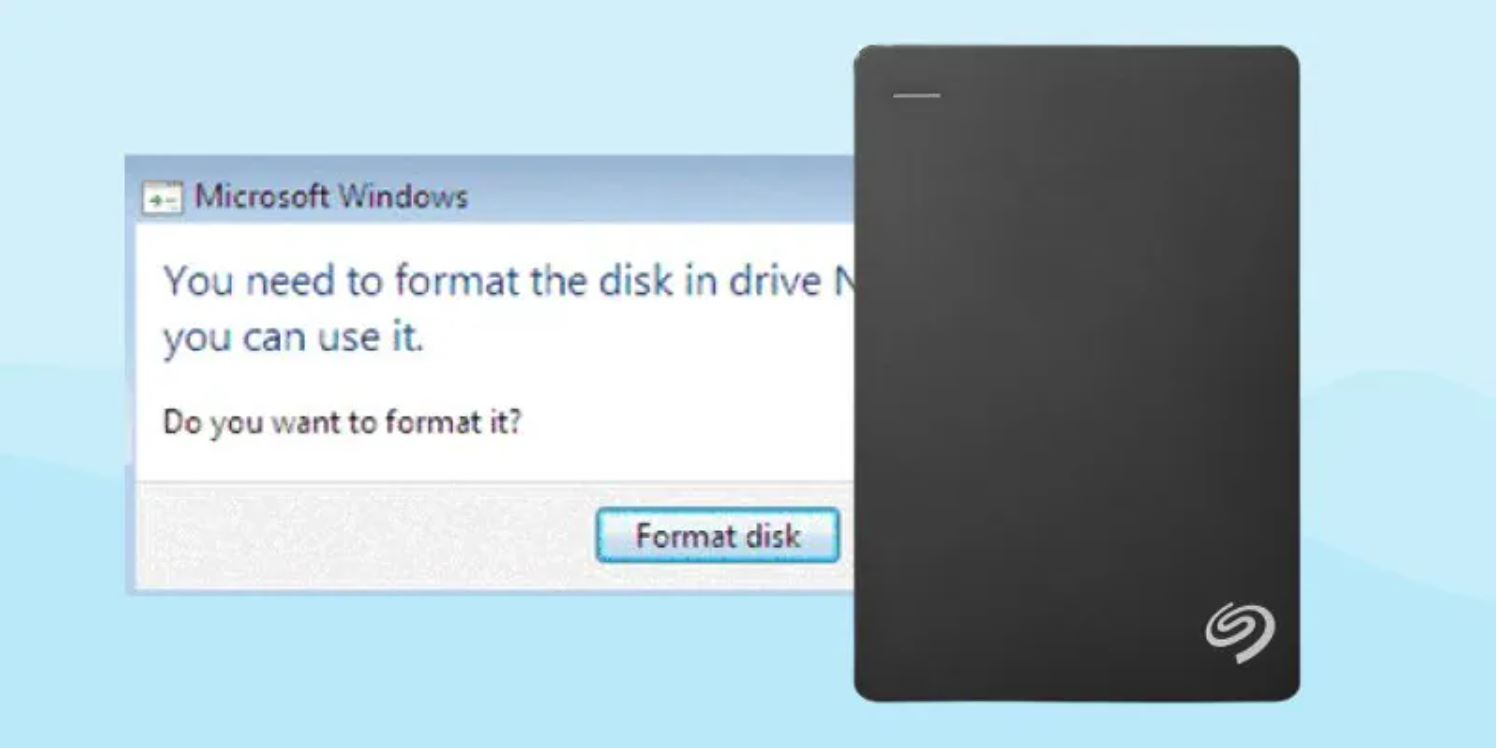Introduction
Accessing files on your Seagate external hard drive is a straightforward process that can be done in a few simple steps. Whether you are using a Windows or Mac computer, you can easily connect the external hard drive and navigate through its folders to find the files you need.
Seagate external hard drives are popular due to their high storage capacity and reliability. They provide a convenient way to store and backup your important files, such as documents, photos, videos, and music. Accessing these files is essential for tasks like transferring data between devices, creating backups, or simply accessing files that are not currently stored on your computer.
In this article, we will guide you through the process of accessing your files on a Seagate external hard drive. We will cover step-by-step instructions for both Windows and Mac operating systems, allowing you to effortlessly find and manage your files. So, whether you are a tech-savvy user or a beginner, let’s dive into the process of accessing your files on a Seagate external hard drive.
Step 1: Connecting the Seagate External Hard Drive
The first step in accessing your files on a Seagate external hard drive is to properly connect it to your computer. Follow these simple instructions:
- Locate an available USB port on your computer.
- Take the USB cable that came with your Seagate external hard drive and connect one end to the hard drive.
- Insert the other end of the USB cable into the USB port on your computer.
- Wait for a few moments for the computer to recognize the external hard drive.
- If necessary, install any required drivers or software that are provided by Seagate. You can find these on the Seagate website or on a CD that came with the hard drive.
Once the drive is connected and recognized by your computer, you are ready to start accessing your files. Remember to handle the external hard drive with care to avoid any physical damage.
Step 2: Open File Explorer on Windows
After connecting your Seagate external hard drive to your Windows computer, the next step is to open File Explorer, which allows you to navigate through your computer’s file system and access your external hard drive. Here’s how you can do it:
- Click on the Start button located at the bottom left corner of your screen.
- Find and click on the File Explorer icon in the pop-up menu. Alternatively, you can press the Windows key + E on your keyboard to open File Explorer.
- Once File Explorer opens, you will see a list of available drives and folders on the left-hand side of the window. Look for the section titled This PC or Computer.
- Click on This PC or Computer to expand the section and display all connected drives, including your Seagate external hard drive. It will typically be labeled with the name of the drive or the storage capacity.
- Double-click on the icon representing your Seagate external hard drive. This will open the drive and display its contents in the main File Explorer window.
Now that you have opened File Explorer and accessed your Seagate external hard drive, you can navigate through folders and files, copy or move files, and perform various file management tasks.
Step 3: Accessing Files on Mac
If you are using a Mac computer, accessing files on your Seagate external hard drive is a slightly different process compared to Windows. Follow these steps to access your files on a Mac:
- Connect your Seagate external hard drive to your Mac using the appropriate USB cable.
- Open a new Finder window by clicking on the Finder icon in the dock or by clicking on the File menu and selecting New Finder Window.
- In the left sidebar of the Finder window, you will see a list of locations including Devices. Your Seagate external hard drive should appear under this section, labeled with its name or storage capacity.
- Click on the name of your Seagate external hard drive. The drive’s contents will be displayed in the main area of the Finder window.
Now you can navigate through the folders and files on your Seagate external hard drive, just like you would with any other folder on your Mac. You can open files, copy or move them, or perform other file management tasks as needed.
When you are finished accessing your files on the Seagate external hard drive, make sure to properly eject the drive by dragging its icon from the desktop or the Finder sidebar to the Trash icon on the dock. Then, select the Eject option when prompted. This ensures that all files are saved and any data transfer is completed before disconnecting the drive.
Step 4: Navigating through Folders and Drives
Once you have accessed your Seagate external hard drive on either Windows or Mac, you can navigate through its folders and drives to find the specific files you need. Here’s how:
- In File Explorer on Windows or Finder on Mac, you will see the contents of your Seagate external hard drive listed in the main window.
- To enter a folder and view its contents, simply double-click on the folder icon.
- If you want to go back to the previous folder or drive, use the back arrow button located at the top left corner of the File Explorer window on Windows or the back button in the top left corner of the Finder window on Mac.
- You can also use the address bar at the top of the File Explorer or Finder window to directly navigate to a specific folder or drive. Simply click on the address bar, type the path to the desired location, and press Enter.
- If you need to access a different drive or external device, such as a USB flash drive or another external hard drive, you can find it listed in the same File Explorer or Finder window. Simply click on its icon to access its contents.
By navigating through the folders and drives on your Seagate external hard drive, you can easily locate and manage your files as necessary. Remember to pay attention to the file path displayed in the address bar or the breadcrumb navigation at the top of the window to keep track of your current location within the drive.
Step 5: Copying or Moving Files from the External Hard Drive
Copying or moving files from your Seagate external hard drive to your computer’s internal storage or vice versa is a common task. Here is how you can do it:
- In File Explorer on Windows or Finder on Mac, navigate to the location on your computer where you want to copy or move the files from the external hard drive.
- In a separate window, locate the files or folders you want to copy or move on your Seagate external hard drive.
- To copy files, simply select the files or folders you want to copy by clicking on them while holding the Ctrl key (Windows) or the Command key (Mac). Then, right-click on the selected files/folders and choose the Copy option.
- To move files, follow the same steps as above, but instead of choosing the Copy option, choose the Cut option.
- Go back to the original location on your computer where you want to paste the copied or moved files.
- Right-click on the desired location and choose the Paste option. Alternatively, you can use the keyboard shortcut Ctrl+V (Windows) or Command+V (Mac) to paste the files.
The selected files will be copied or moved from the Seagate external hard drive to the specified location on your computer. Depending on the size and number of files, the process may take a few moments.
It’s important to note that when you copy or move files from the external hard drive to your computer, the files will be saved on your computer’s internal storage. Similarly, copying or moving files from your computer to the external hard drive will store the files on the external drive.
Step 6: Safely Ejecting the Seagate External Hard Drive
Before disconnecting your Seagate external hard drive from your computer, it is important to safely eject it to ensure that all data is properly saved and any ongoing file transfers are completed. Follow these steps to safely eject your external hard drive:
- On Windows, locate the System Tray at the bottom right corner of the screen. Find the icon representing the external hard drive. Right-click on the icon and select the Safely Remove Hardware option.
- A pop-up menu will appear displaying connected devices. Click on the name of your Seagate external hard drive to safely eject it.
- Wait for a notification indicating that it is safe to remove the device. Once you receive the confirmation, you can disconnect the USB cable from the computer.
- On Mac, locate the external hard drive icon on the desktop or in a Finder window. Drag the icon to the Trash icon on the dock.
- A message will appear on the screen indicating that it is safe to remove the device. Now you can disconnect the USB cable from the Mac.
It is important to follow these steps to ensure the integrity of the data on your Seagate external hard drive. Disconnecting the drive without properly ejecting it may result in data corruption or loss.
By safely ejecting your Seagate external hard drive, you can protect your files and ensure that all data transfers are successfully completed. Remember to store your external hard drive in a safe place when not in use to prevent physical damage and protect your valuable data.
Conclusion
Accessing your files on a Seagate external hard drive is a simple and convenient process, whether you are using a Windows or Mac computer. By following the step-by-step instructions outlined in this guide, you can easily connect the drive, open File Explorer or Finder, navigate through folders and drives, and copy or move files as needed.
Remember to always handle your Seagate external hard drive with care and safely eject it before disconnecting to avoid any data corruption or loss. Regularly backing up your important files to the external hard drive is also a good practice to ensure the safety of your data.
Whether you are transferring files between devices, creating backups, or accessing files that are not currently stored on your computer, your Seagate external hard drive is a reliable and efficient solution. Utilize its high storage capacity to store and organize your files, freeing up space on your computer’s internal storage.
By following the instructions provided in this guide, you can make the most out of your Seagate external hard drive and easily access your files whenever you need them.







